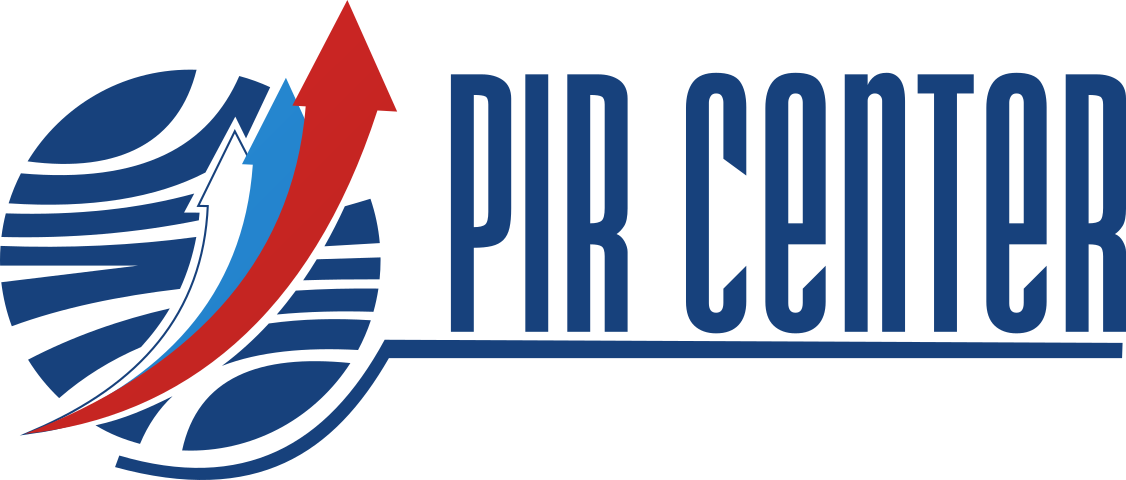MOSCOW. DECEMBER 28, 2021. PIR PRESS. The Security Index Occasional Paper Series came out with the new report «Coalitions in the NPT Review Process: Historical Experience and Prospects of the X Review Conference» by Konstantin Larionov, Elena Ziulina and Sergey Semenov.
The X NPT Review Conference (January 4-28, 2022) promises to be difficult: the degree of polarization on nuclear nonproliferation and disarmament issues is off the scale. In these conditions, a detailed analysis of the positions of various interstate “coalitions” participating in the review process is, particularly in demand. The task set by the authors is not limited to an abstract presentation of the history of the creation, composition or position of a particular coalition. It is important to understand to what extent this or that grouping can contribute to the convergence of the positions of the NWS and the NNWS. Does she enjoy sufficient authority? How well-established are the processes of coordinating positions within a particular grouping? Can it become a reliable dialogue partner in the run-up to the RevCon 2022, or, as sometimes happens with some regional associations, will it repeat once agreed theses over and over again. And most importantly, to what extent does cooperation with this or that coalition meet Russia’s interests?
The study was implemented within the framework of the project “The Future of the NPT & Russia’s Interests”, carried out since 1994.
Key findings:
- Within the framework of the 2022 NPT Review Conference, one of the central issues will be the inclusion in the Final Document of formulations indicating the compatibility of the NPT with the TPNW and the absence of any contradictions between them.
- In the context of the growing fragmentation of the NPT Review process and the widening gap between the NWS and the NNWS, collective leadership of NWS is needed in order to strengthen the nuclear nonproliferation regime and minimize dividing lines.
- The dismantling of the rubble in the NPT will require serious political will from the United States, a gradual withdrawal from unconditional support for Israel. This is the only way that progress can be made in the construction of the WMD-Free Zone in the Middle East.
- In the upcoming RevCon, Russia will find itself in a dual position. The position of the Russian Federation on the WMD-Free Zone in the Middle East – one of the sore points of nuclear nonproliferation – is “on the right side of history.” According to the disarmament dossier, Russia has yet to convince the NNWS that there is no alternative to the concept of a new strategic equation.
- The adoption of the final document is impossible without the involvement of all members of the NPT. Important here are those groupings of the NNWS that can act as “bridge-laying” between the opposing positions of the NWS and the NNWS. However, those coalitions and interest groups that once had significant negotiating potential and actively participated in shaping the agenda of the NPT Review Process have turned out to be disoriented.
- The inability of the NAM to adapt its own principles of nuclear disarmament to the needs of new relevant approaches to the elimination of nuclear weapons is obvious. The NAM today follows the trends of nuclear disarmament rather than dictates them, and the loose organizational structure makes it little suitable for the role of the main vis-a-vis of the NWS.
- The Stockholm Initiative should be highlighted. It can be expected that this particular group will claim leading roles among the NNWS at the upcoming NPT Review Conference.
- If the RevCon 2022 repeats the failure of its predecessor, it may cause a chain reaction among the so-called “anti-nuclear radicals” from among the NAM, NPDI and the Vienna Group of 10, accusing the NWS of failing to properly follow the obligations on nuclear disarmament.
Read (in Russian)

